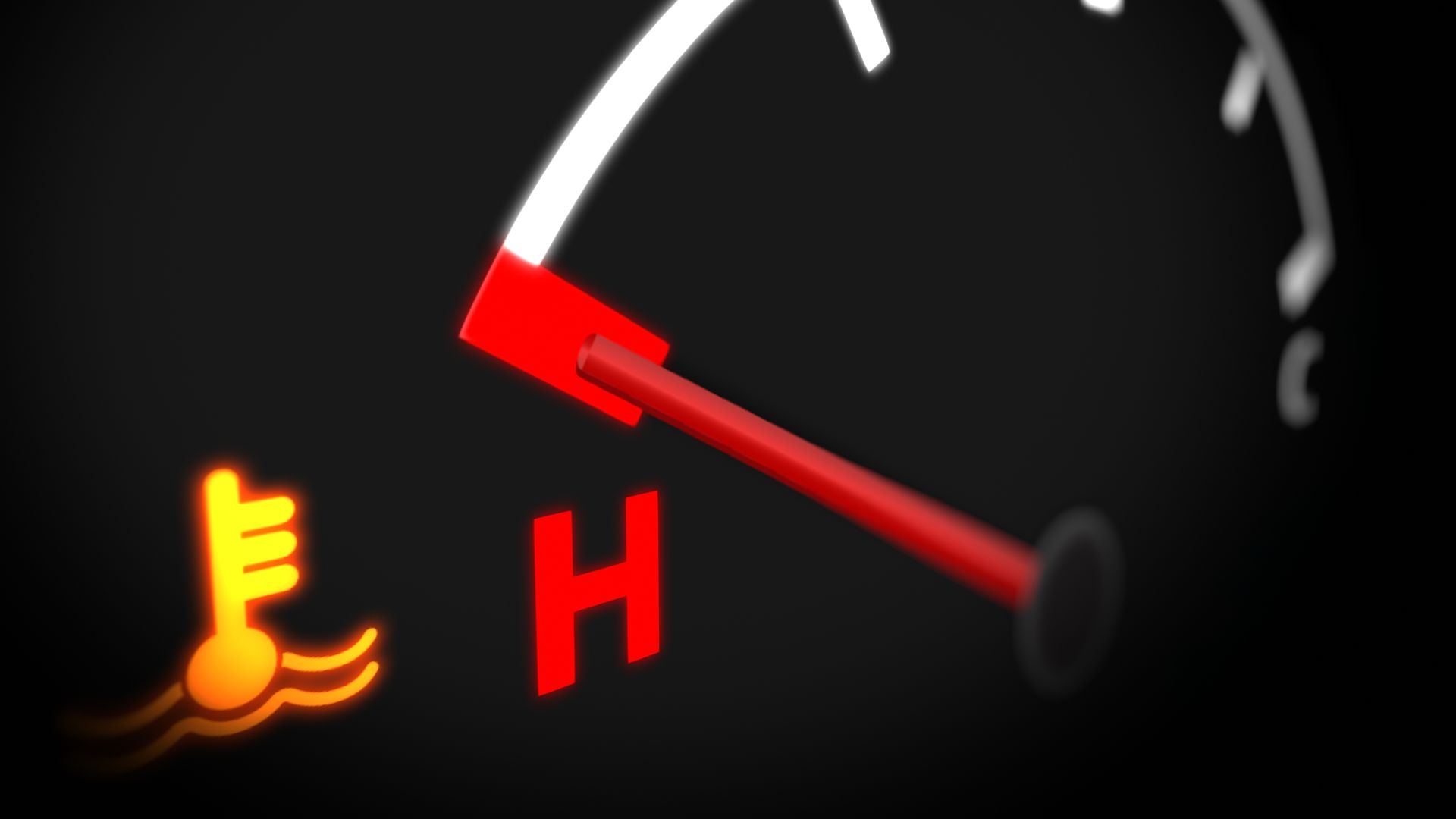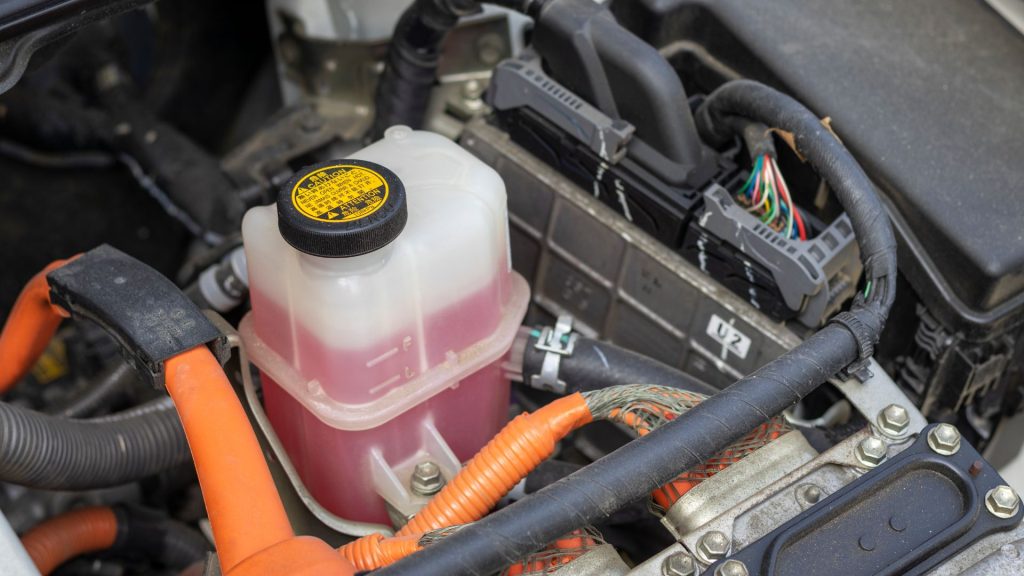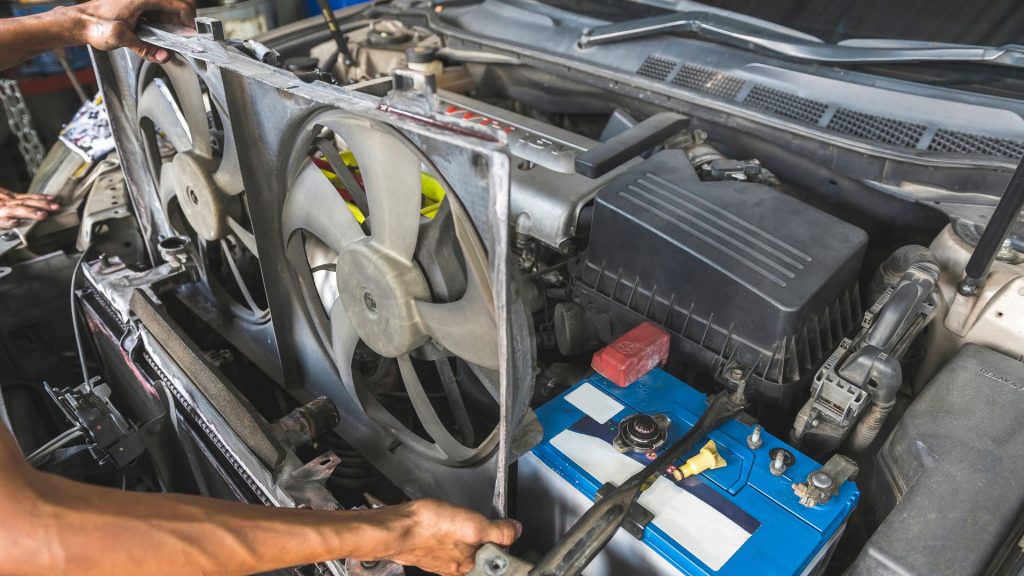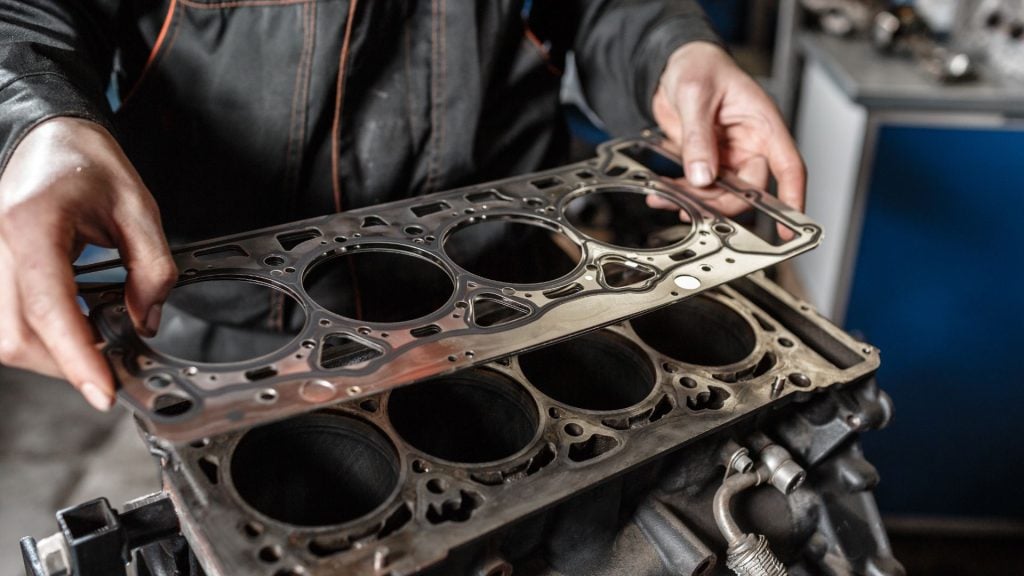Car overheating when idle — causes and fixes
Tackle the common causes and effective solutions for car overheating when idling.

More often than not, the car is an idle object. After getting its owner to a destination, the vehicle is left alone for some time. In the summer, the temperature when the owner returns will be enough to keep him out of the car for a few minutes.
Overheating occurs when a vehicle is over 220 degrees Fahrenheit and it is not a pleasant experience while driving. However, cars do not only overheat while on the move as there are cases of a car overheating while idle.
It is easy to mistake a slight rise in temperature that has nothing to do with the engine for overheating while a car is idle. Hence, it is essential that you either use the proper diagnostic equipment to spot the problem or you hire the services of a good auto mechanic.
Most drivers tend to panic when their car overheats. However, that is not the ideal response. Here, we take you through the causes of overheating and how to fix it.
What is overheating?
The combustion process in the engine gives off a good amount of heat. For this reason, engines have cooling systems to help direct the best away from the engine. If these cooling systems fail, the machine risks failing due to excess heat in circulation.
Different factors can be responsible for overheating in a car. They include a damaged water pump, low or contaminated coolant, a malfunctioning thermostat, a damaged radiator, and bad hoses. These can all be fixed depending on the extent of the damage.
Ideally, a car that sits idle should not have an engine overheat since no combustion and energy exchange is going on. However, cars also overheat when idle. Some of the main signs include your car idling rough and swiftly raising engine temperature even when parked.
What can cause an idle car to overheat?
An idle car can overheat for a variety of reasons. Some of these reasons are:
A clogged radiator
Radiators act like air conditioners for car engines. It is a part of the engine’s cooling system with the primary aim of keeping the engine from overheating. It is the main component responsible for monitoring and regulating the temperature of a vehicle’s engine.
The radiator works through heat exchange. A clogged radiator means the heat exchange process will be badly affected, leaving the engine overheating.
Low levels of coolant

Coolant is the primary ingredient responsible for heat exchange in the radiator. Without it, the radiator would have no use.
Low levels of coolant reduce the efficiency of the heat exchange process that goes on in the radiator. The absence of the coolant stops the cycle, making the same hot water enter the radiator exit, and the engine overheats.
Bad thermostat valve
The thermostat valve is a simple component of your car’s cooling system. It regulates the amount of coolant recirculating back to the engine and the amount cooled by the radiator.
Without the thermostat, the engine’s internal temperature will be in chaos. As engine parts are not all made of the same material, there would be uneven heating and cooling of engine parts. The thermostat valve may sound small but is an essential member of the cooling system.
Overheating is an apparent problem if the thermostat valve gets damaged. It is easy to identify overheating from thermostat issues in idle cars, especially in hot weather. Materials made of substances that absorb heat will have a concentration of heat in them higher than others after exposure to the sun.
Broken radiator fan

A broken radiator fan is the most common reason for an idle car overheating.
The job of a radiator fan is to pull cooling air through the radiator. It sits between the radiator and the engine and is most useful when the vehicle is stationary or moving at a plodding speed.
A car engine can work without the radiator fan, but its damage is not worth the trouble. A broken radiator fan will cause your idle car to overheat since the engine only gets stale hot air.
How do you know your idle car is overheating?
Some signs show up when a car overheats. Some of them include:
Steam
Steam coming out of the hood is a common overheating occurrence. The vapor may result from one or more system malfunctions or leakage due to the heat.
Hot hood
It is easy to confuse this overheating sign with heat from the environment. You might want to think twice before concluding on this one if the season is hot and your car is without shade.
Coolant is on the ground
Seeing a puddle under your car is never a good sign if it comes from your engine. However, before concluding that the puddle is a coolant, you should first remember that the car holds other fluids. Coolants can have a lime-green, orange, pink or blue-green color (this coloring sets it apart from other fluids).
Car smells hot
If you enter your vehicle and it smells hot, it may clearly indicate overheating. If the smell under your car is sweet, and you see a puddle with the colors described above, your engine is overheating.
A glowing “check engine” sign.
In all these cases (except the first one), you must read your temperature gauge to be sure it is overheating. You can find the indicator in the instrument housing on the dashboard. If you experience the other symptoms and the needle in your temperature gauge is above the center, you have an overheating problem.
What happens when an overheating car is left for too long?
If overheating occurs for a long time in a car, many things can happen. The three vital ones are:
You can get your head gasket blown

A blown head gasket is one of the worst things to happen to any car. The head gasket helps give the engine the appropriate compression to maintain its power by sealing the combustion chamber.
Should your head gasket blow, it is not only overheating you should be worried about fixing. The most unmistakable sign that shows the overheating is due to a blown gasket is thick white smoke leaving the exhaust consistently. The damage is enough to cost you your vehicle if you are not fast to deal with it.
A blown gasket costs more to repair or replace than all the engine problems mentioned in this post.
You can get busted hoses
A car’s cooling system hoses carry coolants away from the radiator. If your vehicle is overheating already and you keep off repairs because you do not think it’s serious yet, the state of your hoses when you return to your car should change your mind.
Overheating in a car’s engine causes the antifreeze to boil and expand. The expansion builds up pressure within the hoses to the point where the hoses cannot hold. When the hoses give way, the hot antifreeze liquid will spew all over the engine, causing a mess and damage to some components.
The pressure described above can occur while driving a car overheating, and switching off the car can have the hoses give way. Hence, while you think your vehicle is cooling, it is cooking.
You can get warped cylinder heads
Cylinder heads are responsible for controlling airflow around the cylinders and fuel deployment. They contain more moving parts than any other engine and hold the injectors and valves.
At high temperatures, cylinder heads tend to melt, and they are made of aluminum which explains why they cannot stand very high temperatures like some other components. When they melt, the hot metal seeps into the engine, causing more damage and instigating leakage in other parts of the machine.
A warped cylinder head can put your car off the road for some time. Because without a cylinder head, your car will suffer from misfires, excessive burning of oil, and a significant power reduction. Further driving with a warped cylinder heads out your vehicle at the risk of needing a complete engine replacement.
Driving a car overheating does not only put your cylinder head at risk, and other components like belts, sensors, and wiring are also prone to melting.
What to do if your car overheats
The first step is not to panic. Panicking can negatively affect how you react.
Depending on the level of overheating and the nearest repair shop, you may be able to take a short drive straight to the repair shop. It is better to call your auto mechanic to come on-site and arrest the situation. Taking the short drive yourself can increase the amount of repair you will need for your car to function properly again.
Our take
Overheating can happen if you do not carry out maintenance checks on your vehicle periodically. Proper care of your vehicle will spare you more money and time.
You also need to pay attention to your vehicle and not wait for obvious signs like smoke to tell you your engine has problems. Severe damage to a car from engine overheating is avoidable, and it takes a keen eye and proper observation of your vehicle anytime you use it to detect it early.